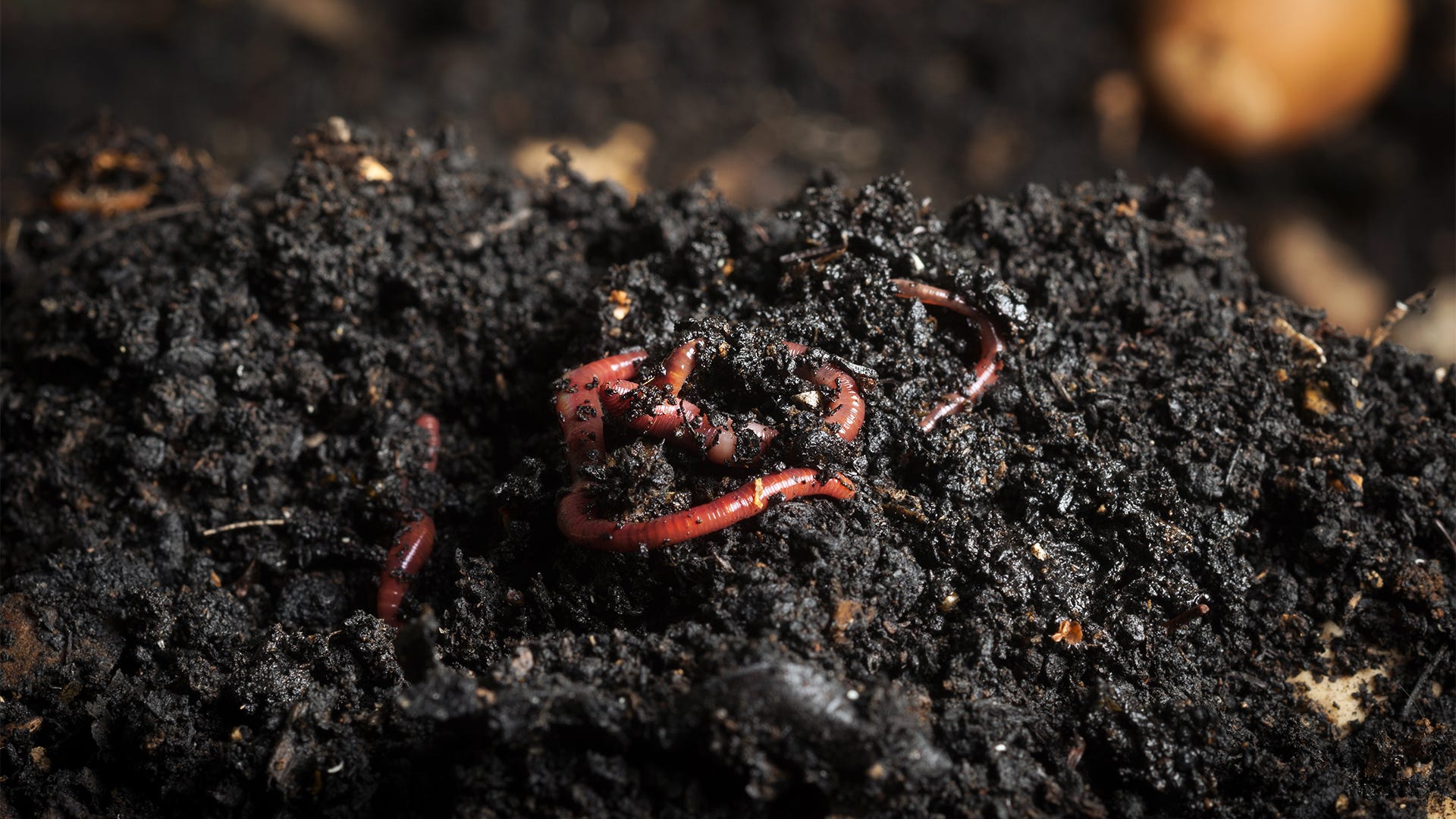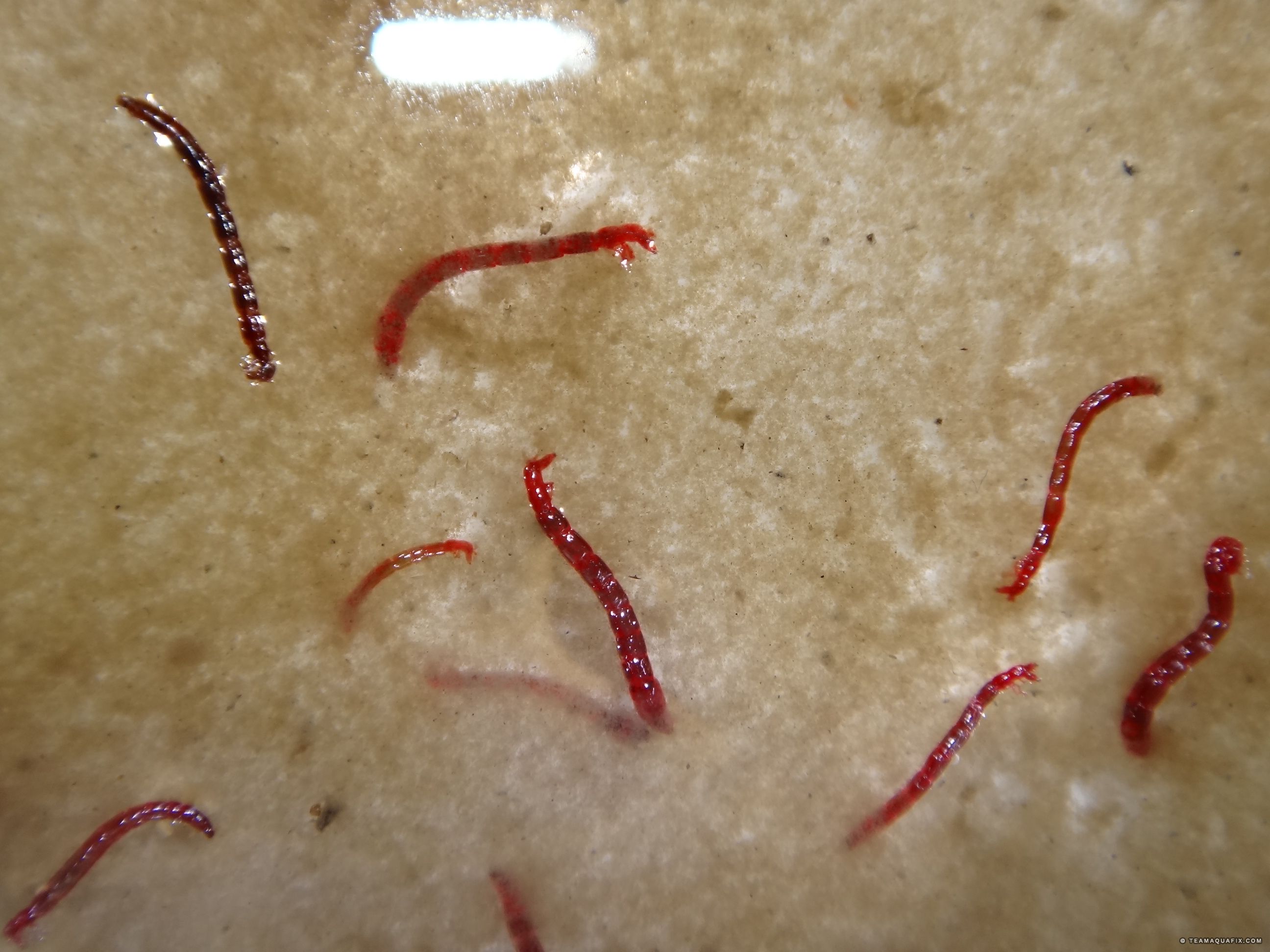Every Little Thing You Need to Understand About Red Wigglers for Composting
Red wigglers, or Eisenia fetida, play an essential function in the world of composting, transforming organic waste right into beneficial soil amendments. The process of establishing up a worm bin and maintaining it can present obstacles.
What Are Red Wigglers?

Belonging To The United States and copyright, red wigglers are surface-dwelling microorganisms that favor wet, cozy environments abundant in decomposing organic issue. Their diet plan is composed primarily of rotting plant product, food scraps, and other natural debris, which they eat and damage down effectively. As they digest this material, they generate nutrient-rich castings that enhance soil fertility.
Red wigglers are hermaphroditic, possessing both male and women reproductive body organs, and can replicate swiftly under ideal problems. In general, red wigglers are vital contributors to the process of reusing organic waste into important garden compost.
Benefits of Making Use Of Red Wigglers
Making use of red wigglers in composting systems offers countless advantages that boost both the performance of waste monitoring and the high quality of the resulting compost. These worms, clinically known as Eisenia fetida, are especially efficient at breaking down organic issue, transforming cooking area scraps and yard waste into nutrient-rich garden compost at an increased price.
One of the key advantages of making use of red wigglers is their capability to eat large quantities of natural material, often refining their weight in food waste daily. This high intake price leads to faster decomposition and reduces the volume of waste sent out to garbage dumps. Moreover, the castings generated by red wigglers are rich in important nutrients, useful microbes, and enzymes, making them a superb plant food for yards and plants.
Additionally, red wigglers prosper in a selection of atmospheres, making them adaptable for both indoor and outdoor composting systems - red wigglers. Their existence in a compost bin assists to aerate the material, protecting against odors and promoting a healthy composting process. On the whole, utilizing red wigglers not only contributes to effective waste administration but additionally supports sustainable gardening methods through the production of premium garden compost
Establishing Your Worm Container
To effectively establish up a worm bin, it is necessary to select an appropriate container that satisfies the demands of red wigglers while supplying a conducive atmosphere for composting. A suitable container can be made from plastic, wood, or metal, with a capability of a minimum of 1 square foot for every single extra pound of worms.
Make certain the container has adequate water drainage holes to avoid excess dampness, as red wigglers grow in a wet, however not water logged, atmosphere. red wigglers. The bin should also be aerated to provide enough air movement, stopping anaerobic conditions that can harm the worms
An ideal area for the worm container is an awesome, dark location, without straight sunlight and extreme temperatures, as red wigglers prefer a temperature variety of 55 to 77 directory levels Fahrenheit.
Before presenting the worms, prepare bed linens materials such as shredded newspaper, cardboard, or coconut coir, which will supply both habitat and food. Moisten the bedding gently to produce a welcoming setting for the worms. Consider putting a cover on the container to maintain moisture and lower pests, while ensuring it can be easily eliminated for maintenance.
Feeding and Treatment Standards
Feeding red wigglers is an important element of keeping a healthy composting system. These worms grow on a varied diet regimen, mostly made up of natural materials such as fruit and vegetable scraps, coffee premises, and smashed eggshells. It is vital to avoid feeding them meat, dairy, and oily foods, as these can create unpleasant smells and bring in bugs.
When presenting food to your worm container, cut or shred materials into smaller items to help with quicker decay. Beginning with percentages to assess the worms' usage price, gradually raising the quantity as they adjust. It is a good idea to alternating feeding locations within the bin to motivate complete blending and oygenation of the compost.

Troubleshooting Common Issues
Keeping a flourishing worm composting system can in some cases offer obstacles that need attention and troubleshooting. Typical concerns include an unpleasant smell, which often shows overfeeding or the presence of anaerobic problems. To remedy this, decrease the amount of food added and guarantee correct oygenation by blending the bed linen product.
One more regular issue is the getaway of worms from the container. This can take place due to too much dampness or inappropriate environmental conditions. Regularly inspect the wetness levels, going for a damp but not soaked uniformity, and keep optimal temperature levels in between 60-80 ° F(15-27 ° C )to create a comfortable habitat for your red wigglers.
Pests, such as fruit flies, can additionally get into worm containers. red wigglers. To combat this, cover food scraps with a layer of bed linens or shredded paper to hinder flies from laying eggs. Additionally, guarantee that any kind of food included is fresh and devoid of mold, which can attract unwanted bugs
Lastly, if your worms appear non-active, look for anxiety aspects such as temperature level changes or inadequate dampness. Dealing with these typical issues will aid keep a healthy and balanced and effective worm composting system.
Verdict
In summary, red wigglers, or Eisenia fetida, play a vital function in lasting waste management with vermicomposting. Appropriate configuration and maintenance of a worm container, along with adherence to feeding guidelines, make sure a growing ecological community that lessens landfill contributions.
Comments on “Affordable red worms: Best practices for care”